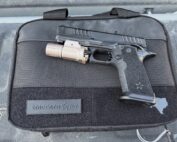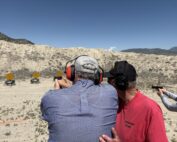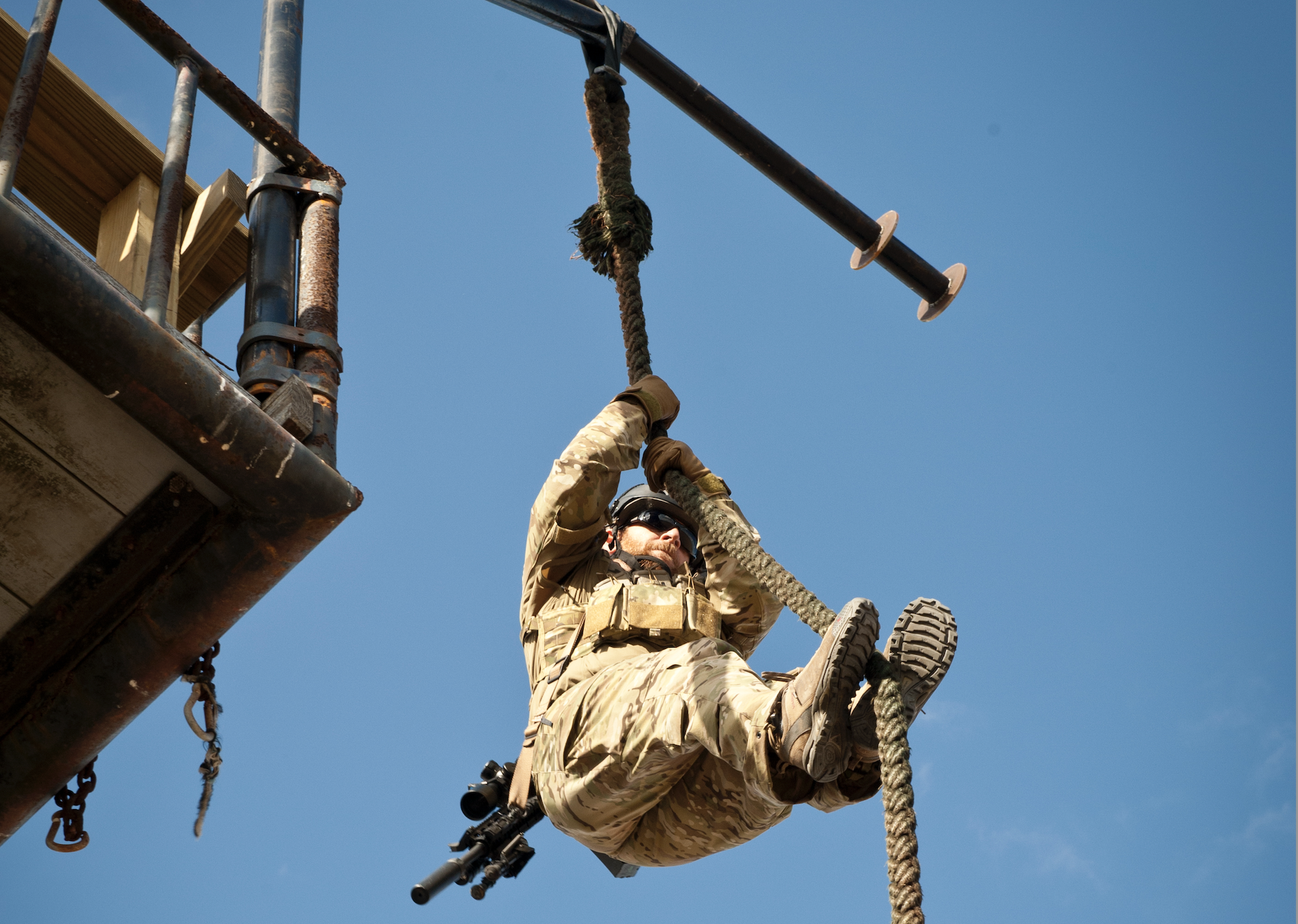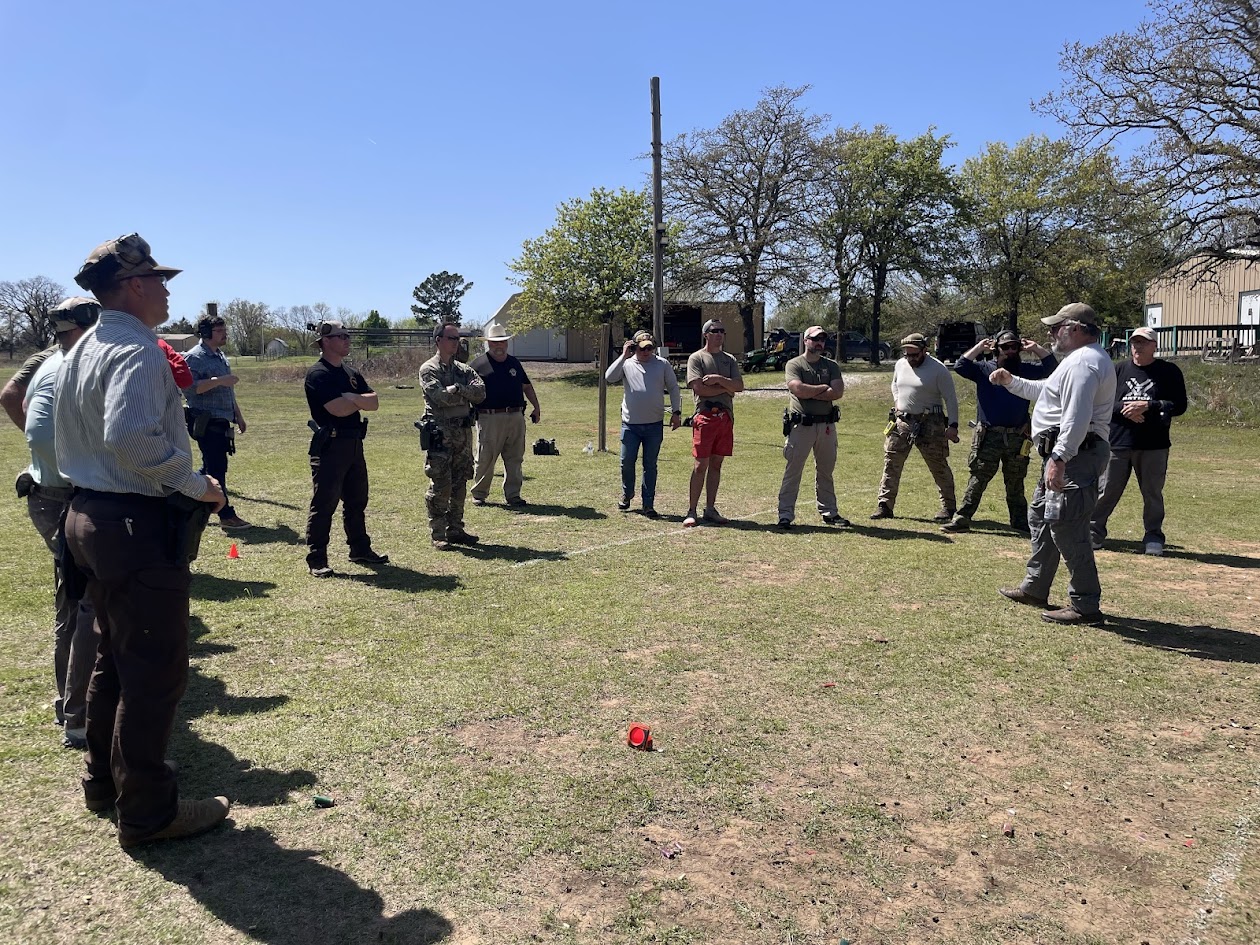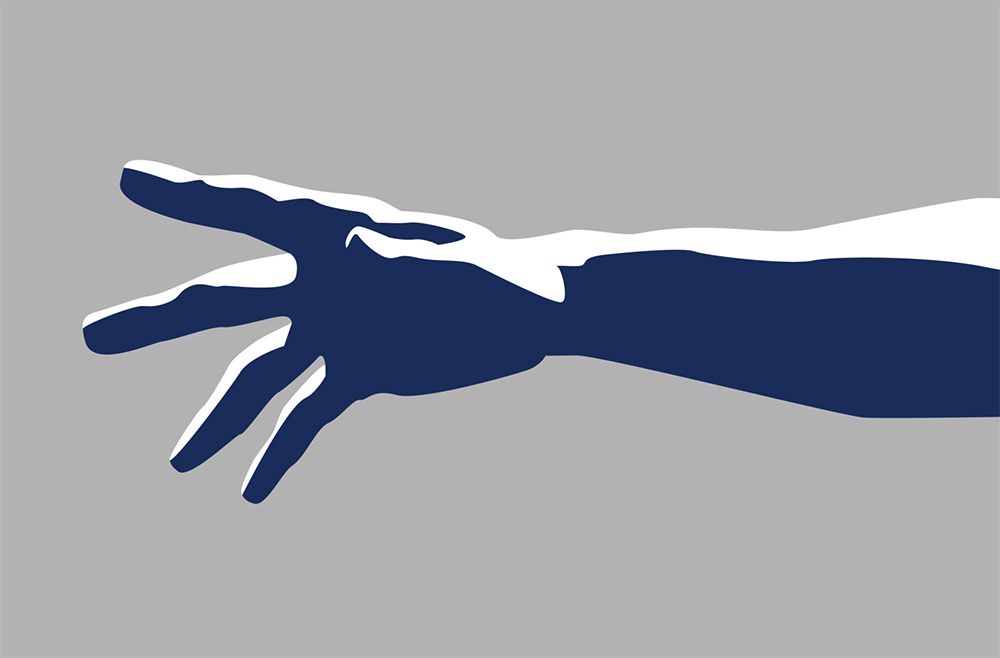
HandsOn_102022
The consummate professional does everything possible to avoid a violent physical altercation. Adopting an appropriate mindset and applying good situational awareness are integral aspects of being prepared. However, applying even the most diligent of proactive measures does not guarantee that you will prevent or avoid an undesired event.
Failing an appropriate mindset, failing applied awareness, failing to look for a threat, failing to see a threat, and failing to avoid that threat are the common causes of finding yourself in a bad situation.
However, it is important to note that not all attacks are discernable from the onset. You may look up and see a freight train coming straight at you with absolutely no warning and no time to do anything else but raise your eyebrows. In protection parlance, that train is known as a “black swan.”
Such events as a coordinated attack or simply being at the wrong place at the wrong time, although very few and far between, do happen and are worth mentioning. However, most undesired events are not black swans and can be readily detected with training.
Whether a black swan or, most likely, failure to apply your situational awareness at the earliest possible opportunity, you may find yourself in a situation where one or more persons are approaching you. Perhaps they are not aggressive initially, but they may be intent on engaging you – at least verbally.
The best opportunity to take control of any scenario is at the onset. The earlier you can take control of a situation, the better. There are multiple dynamics in gaining enough control of a situation to ensure your safety should you need to go hands-on with one or more opponents. These dynamics are position, judgment, and mechanics.
Position
While staying ahead of the action-reaction power curve by applying your de-escalation skills, you must also control your physical position as the scenario unfolds.
If you’ve ever watched a boxing match, you can see both combatants trying to outmaneuver the other in what is called ‘ring generalship.’ This is how a fighter controls the action in the ring and understands his position. It is a way he can impose his will on his opponent while strategically outmaneuvering him.
Moving to a superior physical position can be either from a terrain perspective. However, if all involved are on equal footing, it is advisable to move to a position of dominance relative to your threat.
Referencing terrain, your three best options for assuming a dominant position are to take the higher ground, employ obstructions, or stay mobile. Moving to higher ground places you in an elevated position above your assailant(s), affording you a greater field of vision, the ability to observe the threat from multiple perspectives, and a mechanical advantage.
Regarding a position of dominance relative, the rule of thumb is never to turn your back to your opponent(s) and never stand right in front of them, nose to nose. Your best bet is to move off to the side. Most people in the world are right-handed, so move to their left side – away from their core or center of mass. Moving to their non-dominant side provides you with a positional advantage. Always face a threat.
Judgment
The most challenging part of managing a hands-on engagement is that it’s physical, which means you’re using your body, and it may mean that you are using a weapon. Whether it’s your hands and feet, a firearm, pepper spray, a knife, or an impact weapon, your first consideration should be the appropriate use of force, especially in today’s overwhelmingly litigious society.
Questions you should ask yourself should include but shouldn’t be limited to, can I move away from this situation? Creating distance is always your very best bet. The greater the physical space you place between yourself and the threat, the more time and opportunity you are afforded to solve the tactical problem.
The next question references your physical response. Since you are responding to the threat as opposed to avoiding it, your opportunity to be proactive has been forfeited, and you are now challenged with a use-of-force consideration. Does the situation warrant lethal or non-lethal use of force? If your decision is ‘lethal’ and you were to deploy a weapon, would that physical action be viewed by twelve jurors as within the rule of law and ‘reasonable’ for the situation?
Mentally processing information and all of that incoming data takes time. If you were applying your situational awareness and you happened to identify an active threat, your next step is to decide based on that information. Albeit perhaps fractions of a second, each one of these steps takes time. Already placed behind the action-reaction power curve, time is not your friend when reacting to a violent physical altercation.
Mechanics
In addition to a position of dominance, deciding this situation warrants a physical use-of-force response and your choice of a weapon or your bare hands, you would need to ensure you have a few things in your favor.
If you decide to deploy a weapon when was the last time you performed a function check on that weapon? Would you trust your life and the lives of those with you to that lifesaving tool? What is your current skill level? When did you last train with it? All physical skills are perishable, and when it comes time to perform, you will default to your last level of training. Last but not least, consider your criminal and civil liabilities for these physical actions. You may have every legal right but are there other response options that may reduce your civil liabilities?
Lots to consider in the process of going hands-on, but the better your control of position, the quicker your judgment, and the more trained your mechanics – the greater your odds of prevailing.


 (No Ratings Yet)
(No Ratings Yet)